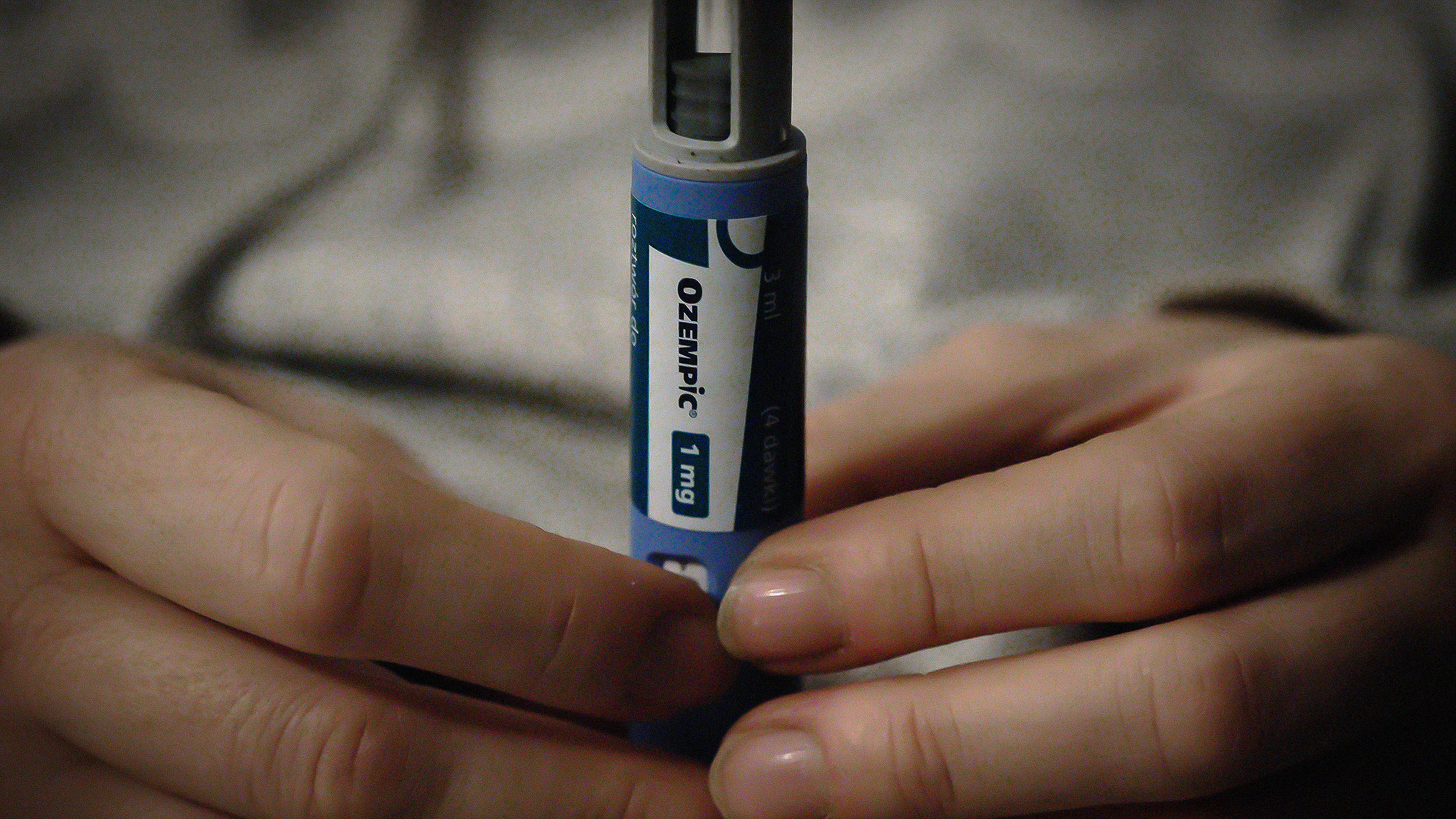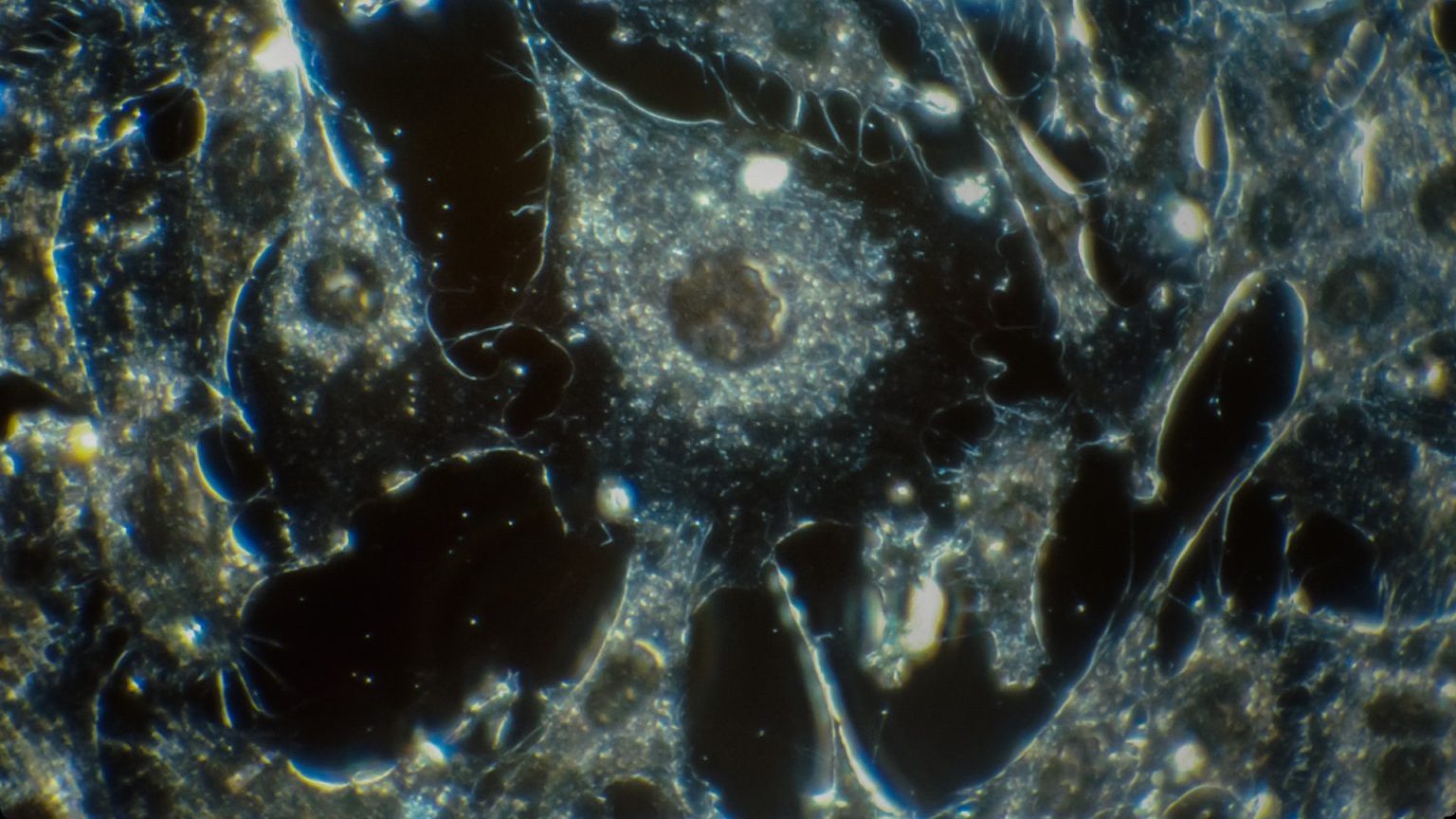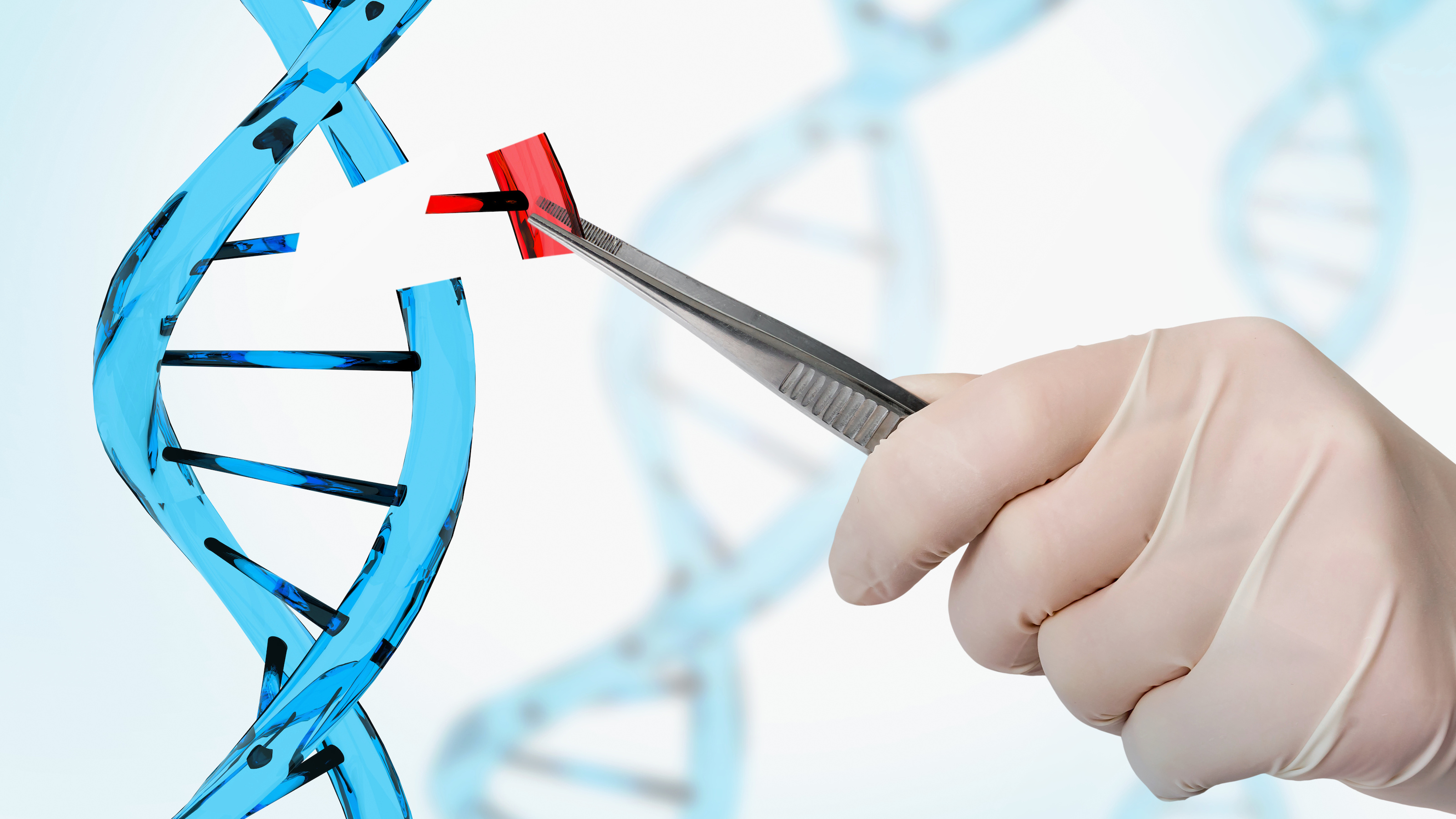California researchers develop drug cocktail that reverses aging — results ‘remarkably promising’

Photo credit: Diana Spatariu on Unsplash
- Volunteers given a mix of three drugs “aged backwards,” shedding 2.5 years off their biological ages.
- The research focused on marks on their DNA and epigenetic clock.
- Scientists need to continue this research with a larger population size for their next trial.
A recent minor clinical study in California suggests that for the first time ever, it may be possible to reverse the body’s biological epigenetic clock.
Over the course of a year, nine healthy participants were given a mixture of three common drugs, which included a growth hormone and two diabetes medications. On average, it was found that 2.5 years of their biological ages had been shed after analyzing their genomes. Additionally, their immune systems showed signs of rejuvenation.
The results surprised researchers, but the scientists cautioned that these findings are only preliminary as the trial wasn’t large enough and didn’t have a control group.
Reversal of biological aging study
Clinical researchers tested the blood samples taken from the trial in order to review the reversed aspects of human aging. The significant reversal in their epigenetic ages was astounding. While they’ll need to follow this study with more rigorous and large scale trials in the future, they still remain optimistic that a person’s biological age can be reversed.
Their findings were published in the research journal Aging.
The authors stated that,”. . . epigenetic age does not measure all features of aging and is not synonymous with aging itself, it is the most accurate measure of biological age and age‐related disease risk available today.”
The results of their study put forth preliminary evidence that regression of multiple areas and markers of aging will be one day be possible for humans. The researchers write:
“The present study now establishes highly significant evidence of thymic regeneration in normal aging men accompanied by improvements in a variety of disease risk factors and age‐related immunological parameters.”
What is epigenetic age?
The epigenetic clock is based off of the body’s epigenome, which is comprised of the chemical modifications that occur and tag DNA, usually found on methyl groups. Patterns of these tags change during your life as you age. Scientists use these markers to track a person’s biological age, sometimes they either exceed or fall behind someone’s chronological age.
Scientists create epigenetic clocks by selecting certain sets of DNA-methylation site across a person’s genomes.
The latest trial was created in order to test whether growth hormone could be safely used to restore human tissue in the thymus gland, this has already successfully been done in trials on dogs and rats.
The thymus gland is located in the chest between your lungs and breastbone. It serves a crucial function for the immune system. White blood cells that are produced in bone marrow mature inside the thymus, where they turn into T cells that help fight infection. This gland begins to gradually shrink after puberty.
Evidence from previous animal trials and some small human studies have suggested that the growth hormone can regenerate the thymus. However, growth hormone can also produce diabetes.
This is why the trial added two anti-diabetic drugs in the reversal aging cocktail, which consisted of dehydroepiandrosterone (DHEA) and metformin.
A scientific first that requires further investigation
University of California Los Angeles (UCLA) geneticist, Steve Horvath, one of the researchers involved in the study and a pioneer in the human aging epigenetic research told the journal Nature that he was surprised by the results.
“I’d expected to see slowing down of the clock, but not a reversal. That felt kind of futuristic,” he said. “This told me that the biological effect of the treatment was robust.” The effect stayed in the participants blood samples some six months after the trial was finished.
The authors wrote, “”Epigenetic ‘clocks’ can now surpass chronological age in accuracy for estimating biological age. This is to our knowledge the first report of an increase, based on an epigenetic age estimator, in predicted human lifespan by means of a currently accessible aging intervention.”
According to the researchers, further studies must be conducted to fully confirm and build on these findings. They’ve found that as the thymus shrinks in older aged individuals, critical immune cell populations result in the collapse of T-cell receptors (TCR). This connects with and leads to most causes of death in the elderly, which include age-related increases in cancer, lowered immunity to infectious diseases, autoimmune disorders and more.
The study’s authors end on a final note that, “Although much more remains to be done. The general prospects for meaningful amelioration of human aging appear to be remarkably promising.”





